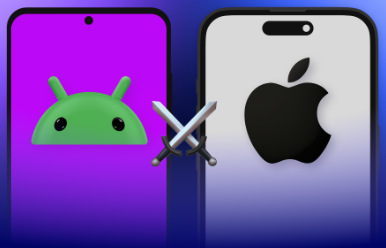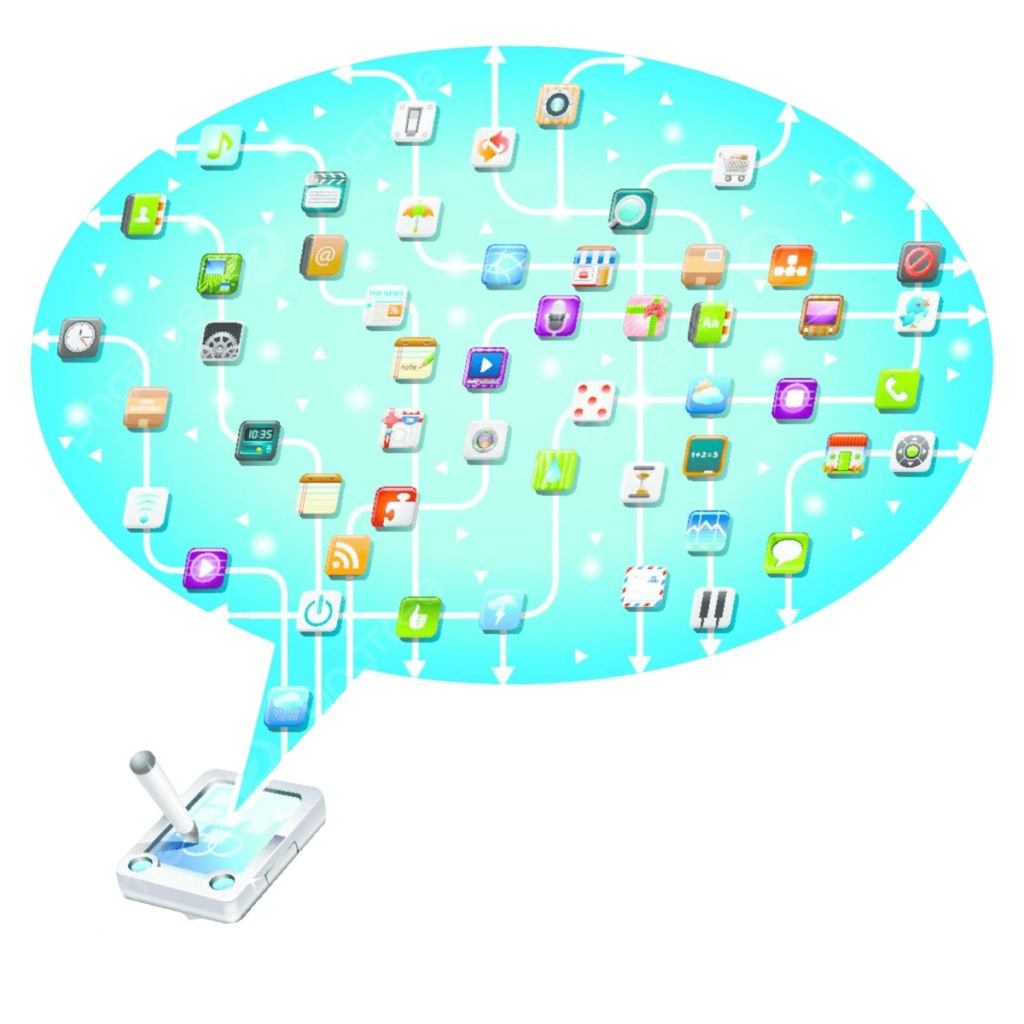Introduction
In today’s tech-driven world, smartphones have become an indispensable tool for communication, productivity, and entertainment. With so many options available in the market, choosing the right smartphone can be a daunting task. Whether you’re a tech enthusiast or a casual user, this comprehensive guide will help you navigate the smartphone landscape and make an informed decision that suits your needs and preferences.
Operating System

The first decision to make when choosing a smartphone is selecting the operating system. iOS, offered exclusively by Apple, provides a seamless user experience known for its simplicity and security. On the other hand, Android, the open-source platform developed by Google, offers a wider range of customization options and device choices from various manufacturers. Additionally, consumers should consider alternative operating systems such as Huawei’s HarmonyOS or Samsung’s Tizen, which offer unique features and ecosystems.
Budget considerations
Smartphone prices vary widely, from budget-friendly options to premium flagship devices. It’s essential to establish a budget and identify the features that matter most to you. While flagship smartphones boast cutting-edge technology and premium materials, mid-range and budget devices offer excellent value for money without compromising on performance and functionality. Consider factors such as processor speed, camera quality, display resolution, and battery life when comparing different models within your budget range.

Features

Camera quality has become a crucial factor for many consumers, with smartphones offering increasingly advanced camera systems capable of capturing stunning photos and videos. Pay attention to megapixel count, aperture size, optical image stabilization, and additional features like night mode and portrait mode when evaluating camera performance. Battery life is another critical consideration, especially for users who rely heavily on their smartphones throughout the day. Look for devices with large battery capacities and efficient power management features to ensure all-day usage without constant recharging. Other features to consider include display quality, storage capacity, biometric authentication methods (such as fingerprint sensors or facial recognition), and water and dust resistance ratings.
Compatibility
For a seamless user experience, consider the compatibility of your chosen smartphone with other devices and services you use regularly. If you’re heavily invested in the Apple ecosystem, an iPhone may be the best choice for seamless integration with your Mac, iPad, Apple Watch, and other Apple devices. Similarly, Android smartphones offer integration with Google services such as Gmail, Google Drive, and Google Photos, and compatibility with a wide range of third-party accessories and smart home devices. Evaluate app availability, cloud storage options, and cross-platform compatibility when assessing compatibility with your existing devices and services.

Conclusion
Choosing the right smartphone is a highly personal decision that depends on your needs, preferences, and budget. Considering factors such as operating system preferences, budget considerations, features like camera quality and battery life, and compatibility with other devices and services, you can make an informed decision that enhances your digital lifestyle. Whether you prioritize performance, camera capabilities, or seamless integration with other devices, there’s a smartphone out there that’s perfect for you. If you are interested in more information, contact us.
